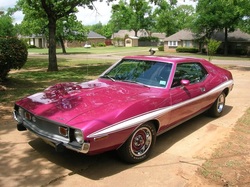
In 1982, the city of Paris, Texas was hit by a devastating tornado. Houses were torn to shreds, power lines were pulled down, and trees were uprooted. Unfortunately, one of those trees fell on a beautiful plum colored 1974 AMC Javelin, belonging to Dickie and Linda Towers.
Actually, the car was more Linda's than anybody else's. When Dickie's little sister got a Javelin for her 16th birthday, Linda loved the pony car so much she decided to get one herself and ordered one from Hooker AMC in Sherman, Texas. A lover of all things purple, she chose the color G-4 Plum.
On July 16th, the young couple drove their first new car off the lot. Linda loved the car, and drove it every day until the tornado hit. The falling tree and flying debris caused severe damage to roof and rear quarter. The insurance company considered the car a complete loss and wanted to mark the car as "totaled," but Linda refused. She had the necessary repairs done to make it driveable again, and continued using it for another sixteen years!
Actually, the car was more Linda's than anybody else's. When Dickie's little sister got a Javelin for her 16th birthday, Linda loved the pony car so much she decided to get one herself and ordered one from Hooker AMC in Sherman, Texas. A lover of all things purple, she chose the color G-4 Plum.
On July 16th, the young couple drove their first new car off the lot. Linda loved the car, and drove it every day until the tornado hit. The falling tree and flying debris caused severe damage to roof and rear quarter. The insurance company considered the car a complete loss and wanted to mark the car as "totaled," but Linda refused. She had the necessary repairs done to make it driveable again, and continued using it for another sixteen years!
By 1998, the car needed a legitimate restoration, so Dickie and Linda decided to put it in storage until they were able to do this. Twelve years later, they pulled the Javelin back out, and managed to get it going again with a few minor fixes. Unfortunately, this would be the easiest part of the restoration.
For the next two years Linda occasionally drove the Javelin, until the restoration began in earnest. A body shop started the job in 2012, but failed to perform the work as promised. Frustrated, Dickie and Linda had to start all over again and find somebody else to finish the job. Finally, Gary Armstrong of Reno, Texas began restoration of their Javelin in the summer of 2013.
Using a combination of NOS and OEM parts, Armstrong restored the Javelin to near stock condition, except for a few special touches that Linda requested, such as the purple wheels. It two longer than they expected, and cost three times what they'd budgeted, but after nearly two years, Linda finally had her beloved plum Javelin back.
For the next two years Linda occasionally drove the Javelin, until the restoration began in earnest. A body shop started the job in 2012, but failed to perform the work as promised. Frustrated, Dickie and Linda had to start all over again and find somebody else to finish the job. Finally, Gary Armstrong of Reno, Texas began restoration of their Javelin in the summer of 2013.
Using a combination of NOS and OEM parts, Armstrong restored the Javelin to near stock condition, except for a few special touches that Linda requested, such as the purple wheels. It two longer than they expected, and cost three times what they'd budgeted, but after nearly two years, Linda finally had her beloved plum Javelin back.
Since then, it's made it's way into several popular magazines, including American Motoring, Old Car Weekly, and Muscle Car Review. As for Linda, she loves her Javelin and plans to drive it for a long time to come, before eventually passing it on to her daughter, Nicole.
In an email to AutoMoments, her husband Dickie said, "I can honestly say that this restoration of a piece of AMC Automotive History would have never occurred without the persistence and dedication of Linda, and her sentimental love for this car, and I personally feel that this story needs to be told, to provide an inspiration to others interested in keeping the Classic Car Hobby alive."
We love sharing car stories and this is one of the best. We wish Dickie and Linda many more years of happy motoring, and thank them for sharing their story with us!
If you have a cool car you'd like to share with us, shoot as an email, at [email protected]!
In an email to AutoMoments, her husband Dickie said, "I can honestly say that this restoration of a piece of AMC Automotive History would have never occurred without the persistence and dedication of Linda, and her sentimental love for this car, and I personally feel that this story needs to be told, to provide an inspiration to others interested in keeping the Classic Car Hobby alive."
We love sharing car stories and this is one of the best. We wish Dickie and Linda many more years of happy motoring, and thank them for sharing their story with us!
If you have a cool car you'd like to share with us, shoot as an email, at [email protected]!

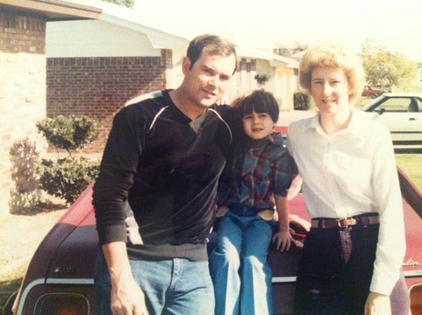
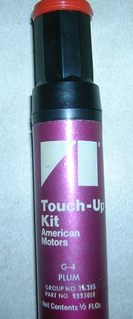
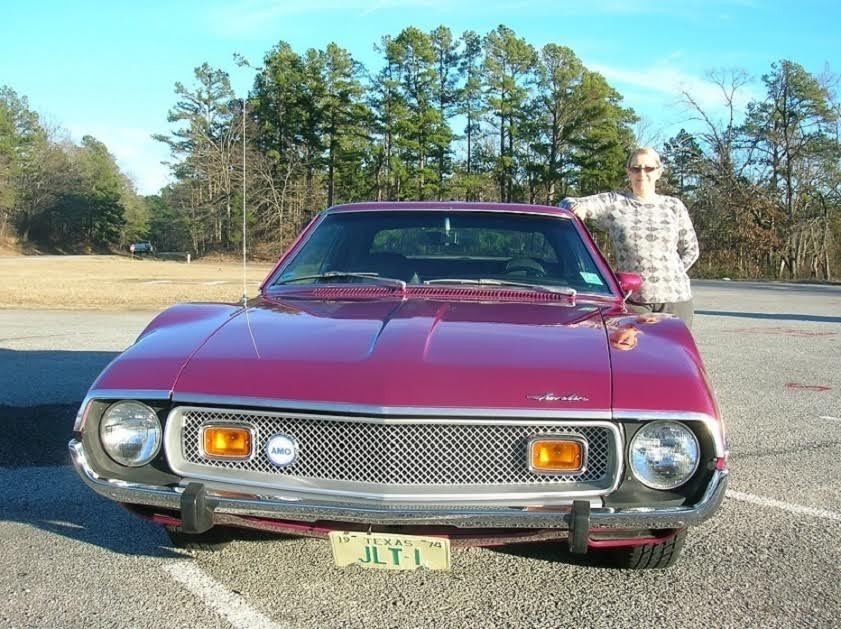
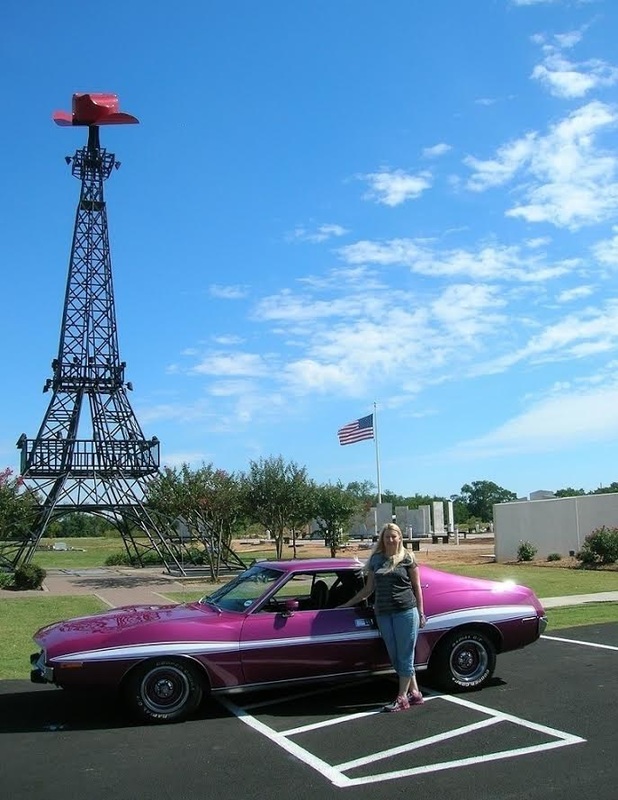
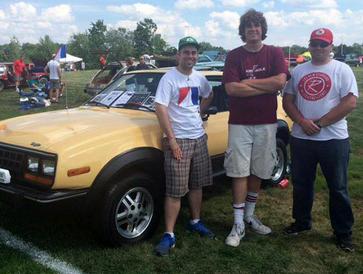
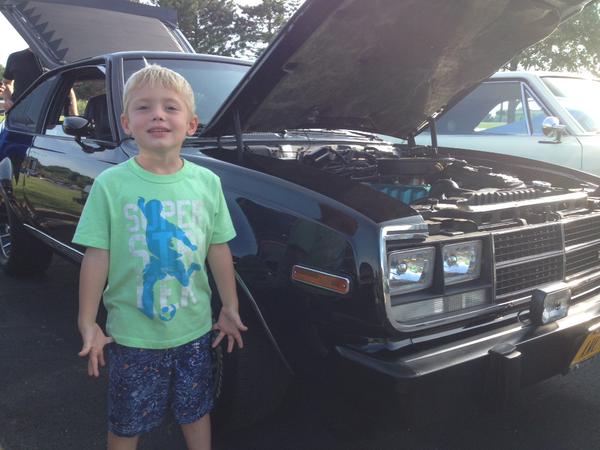
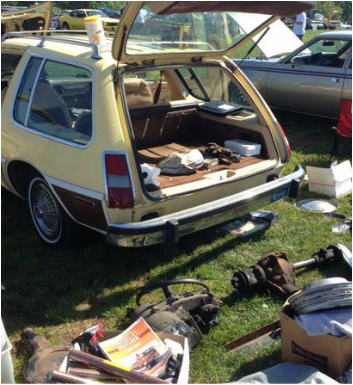
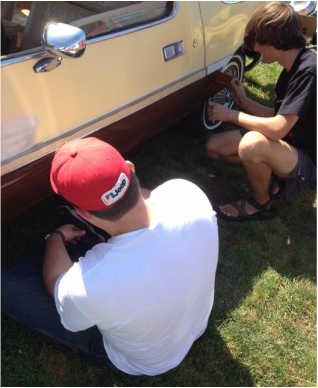
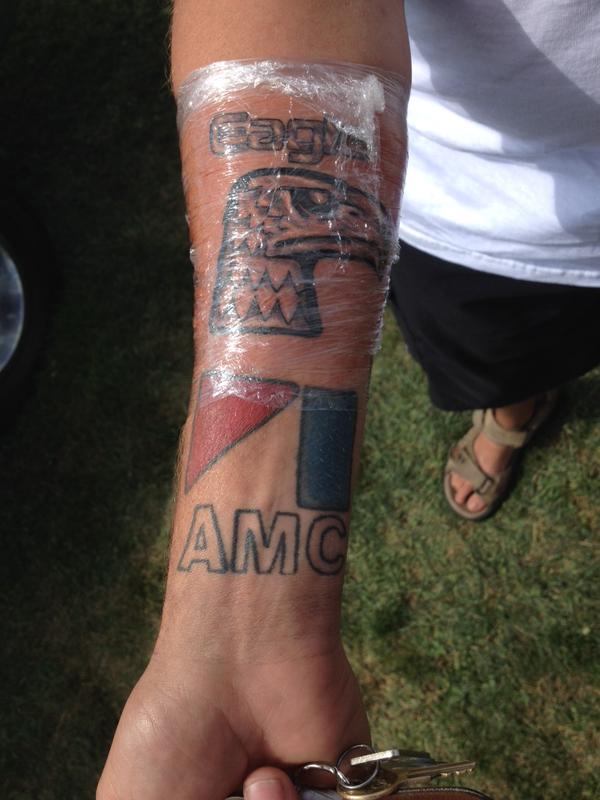
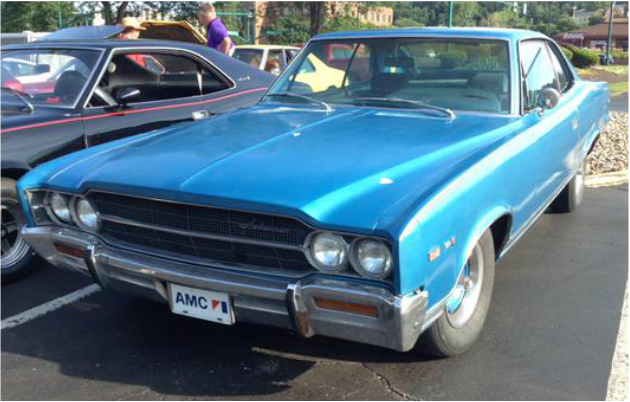
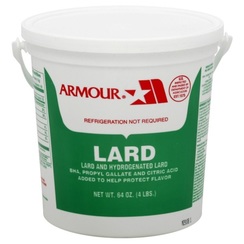

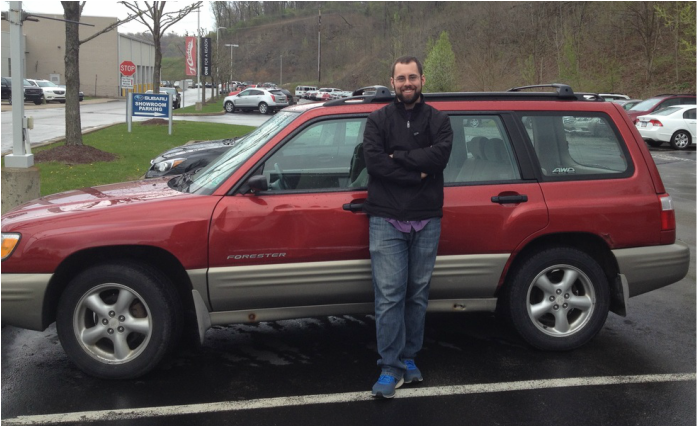
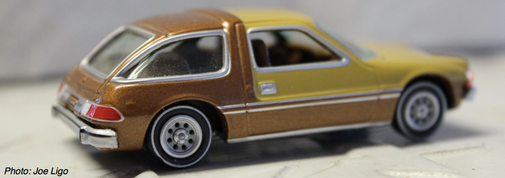
 RSS Feed
RSS Feed
